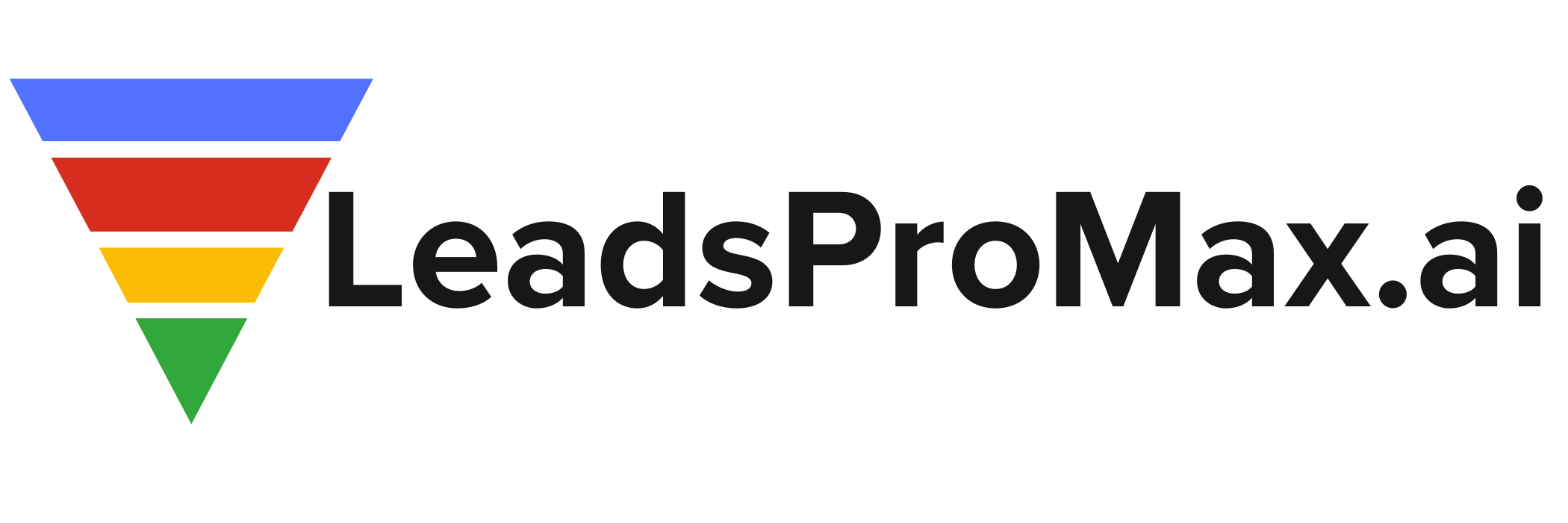Harnessing Predictive Analytics: A New Era in Healthcare Innovation
In the rapidly evolving landscape of healthcare, predictive analytics has emerged as a game-changer, revolutionizing the way we approach patient care and decision-making. By leveraging the power of data-driven insights, healthcare providers can now anticipate patient needs, optimize resource allocation, and improve overall health outcomes. This article delves into the transformative potential of predictive analytics in healthcare, exploring its applications, benefits, and future trends.
The Power of Predictive Analytics
At its core, predictive analytics relies on the analysis of vast amounts of healthcare data, including electronic health records (EHRs), genetic information, imaging studies, and wearable device data. By harnessing the capabilities of artificial intelligence (AI) and machine learning algorithms, predictive models can identify patterns, predict patient outcomes, and guide clinical decision-making.
One of the key advantages of predictive analytics lies in its ability to detect diseases early. By analyzing patient data and identifying risk factors, predictive models can alert healthcare providers to patients who are at high risk of developing chronic conditions such as diabetes, cardiovascular diseases, or certain cancers. This proactive approach enables timely interventions, lifestyle modifications, and targeted screenings, ultimately preventing disease progression and improving patient outcomes.
Reducing Hospital Readmissions
Hospital readmissions are a significant challenge in healthcare, leading to increased costs and strain on resources. Predictive analytics offers a promising solution to this problem by identifying patients who are at high risk of readmission after discharge. By analyzing factors such as patient demographics, medical history, and post-discharge care, predictive models can pinpoint individuals who require additional support and follow-up care.
Armed with this information, healthcare providers can develop personalized discharge plans, ensuring that patients receive the necessary support and resources to manage their health effectively at home. This targeted approach not only reduces the likelihood of readmissions but also enhances patient satisfaction and quality of life.
Optimizing Resource Allocation
In addition to improving patient outcomes, predictive analytics also plays a crucial role in optimizing resource allocation within healthcare organizations. By analyzing historical data and identifying patterns, predictive models can forecast demand for specific services, such as emergency department visits or inpatient admissions, during peak periods like flu seasons.
This predictive capability allows healthcare providers to proactively manage their resources, ensuring adequate staffing levels, equipment availability, and bed capacity. By anticipating and preparing for high-demand periods, hospitals can streamline operations, reduce wait times, and provide timely care to patients in need.
The Future of Predictive Analytics in Healthcare
As technology continues to advance, the future of predictive analytics in healthcare looks incredibly promising. The integration of AI and the Internet of Things (IoT) is expected to revolutionize the way we collect and analyze healthcare data. Wearable devices and smart sensors can provide real-time data on patient vitals, activity levels, and medication adherence, enabling predictive models to make more accurate and timely predictions.
Moreover, the advent of personalized medicine is set to transform the healthcare landscape. By combining genomic data with EHRs, predictive analytics can help create tailored treatment plans based on an individual’s unique genetic profile. This approach moves away from the one-size-fits-all paradigm, reducing trial-and-error approaches and improving treatment efficacy.
Another exciting development is the application of advanced natural language processing (NLP) techniques in healthcare. NLP allows predictive models to analyze unstructured clinical data, such as physician notes and patient feedback, extracting valuable insights that may not be captured in structured data alone. This enriched data set enhances the accuracy and comprehensiveness of predictive analytics, leading to more informed decision-making.
Challenges and Opportunities
While the potential of predictive analytics in healthcare is immense, its success relies on overcoming certain challenges. One of the primary hurdles is the need for a robust data architecture that can handle the volume, variety, and velocity of healthcare data. Ensuring data quality, security, and interoperability is crucial for the effective implementation of predictive analytics.
Additionally, integrating predictive analytics seamlessly into healthcare workflows requires a collaborative effort between healthcare providers, data scientists, and IT professionals. Training and education initiatives are necessary to equip healthcare professionals with the skills and knowledge to leverage predictive insights effectively in their day-to-day practice.
Despite these challenges, the future of predictive analytics in healthcare is brimming with opportunities. As emerging technologies like AI and IoT continue to evolve, we can expect even more sophisticated predictive models that can uncover hidden patterns and provide actionable insights. The integration of predictive analytics into clinical decision support systems will empower healthcare providers to make data-driven decisions, leading to improved patient outcomes and enhanced operational efficiency.
Conclusion
Predictive analytics is ushering in a new era of healthcare innovation, transforming the way we approach patient care and decision-making. By harnessing the power of data-driven insights, healthcare providers can detect diseases early, reduce hospital readmissions, optimize resource allocation, and deliver personalized care. As technology advances and healthcare organizations embrace predictive analytics, we can look forward to a future where data-driven decision-making becomes the norm, leading to improved health outcomes and a more efficient healthcare system.
**Embrace the power of predictive analytics in your healthcare organization and unlock the potential for data-driven innovation. Stay ahead of the curve and harness the insights that can transform patient care and drive operational excellence.**
#PredictiveAnalytics #HealthcareInnovation #DataDrivenHealthcare
-> Original article and inspiration provided by ReviewAgent.ai
-> Connect with one of our AI Strategists today at ReviewAgent.ai


